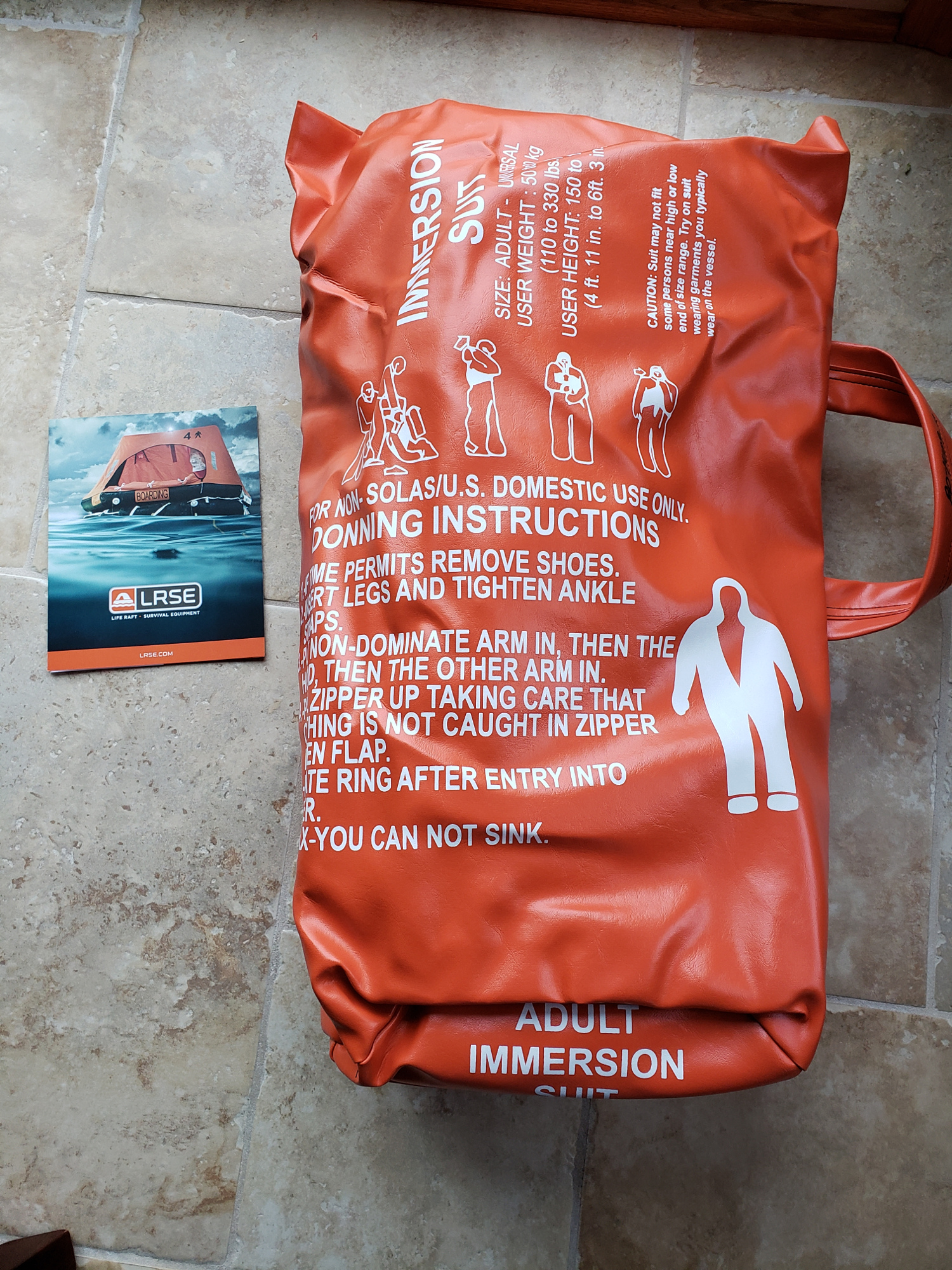
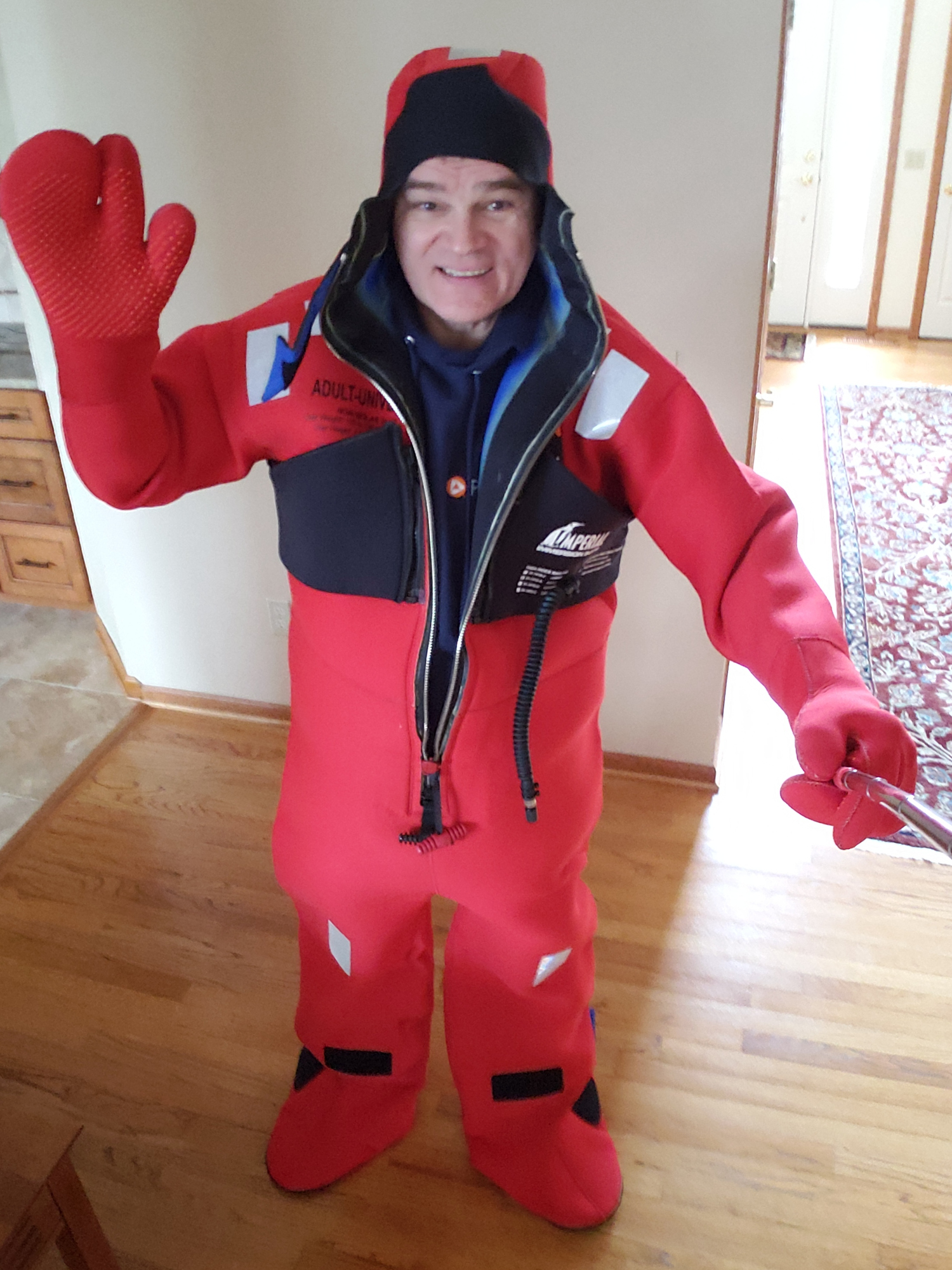
The immersion suit has arrived.
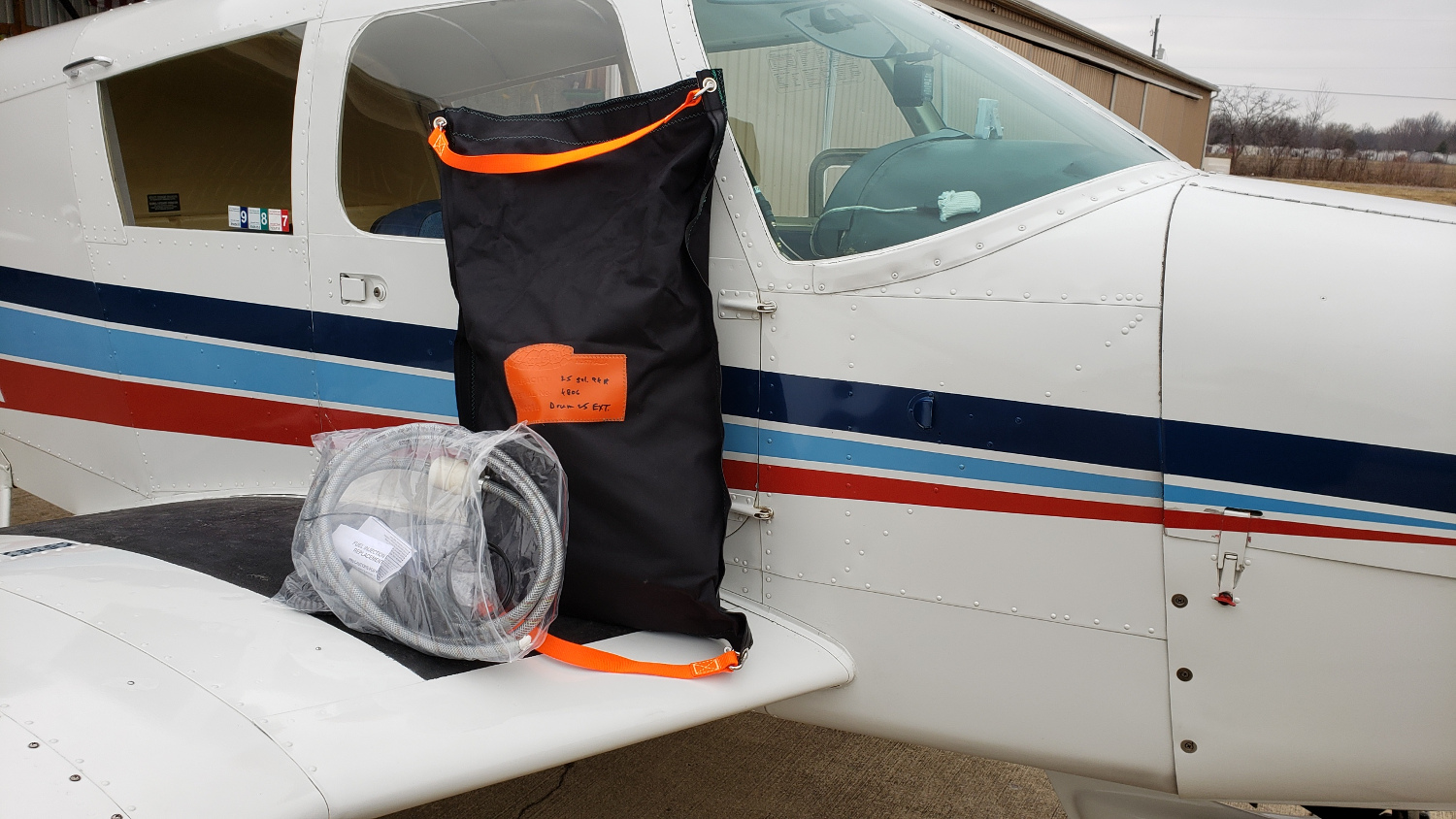
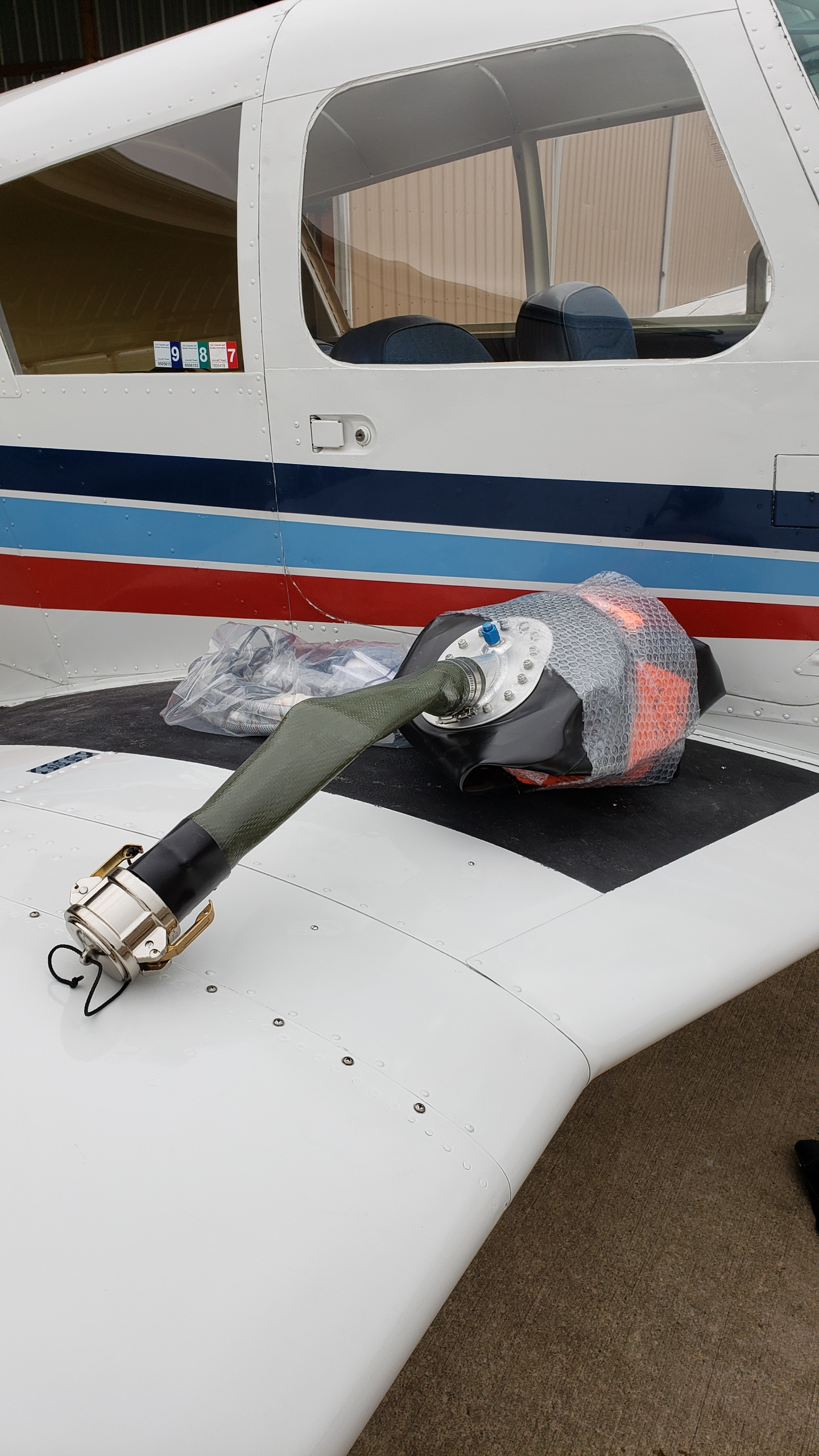
The auxiliary tank from Turtlepack
This is a 25 gallon inflatable drum tank that will go on the back-seat
behind the pilot. The fuel line will be joined into the right tank
fuel line. There is an electric pump that will fill up the right tank,
while the plane is flying out of the left tank. This tank increases the
endurance of the airplane to 9 hours 43 minutes at 7.5 gallon/hour fuel
burn rate. The highest fuel consumption I had with this plane was 7.3
gallons per hour.
Not equipment, but notice the Customs and Border Protection (CBP) stickers on the rear window. The current year sticker is mandatory, for entering the US from abroad. I mention that under the regulation section too, on the other page.
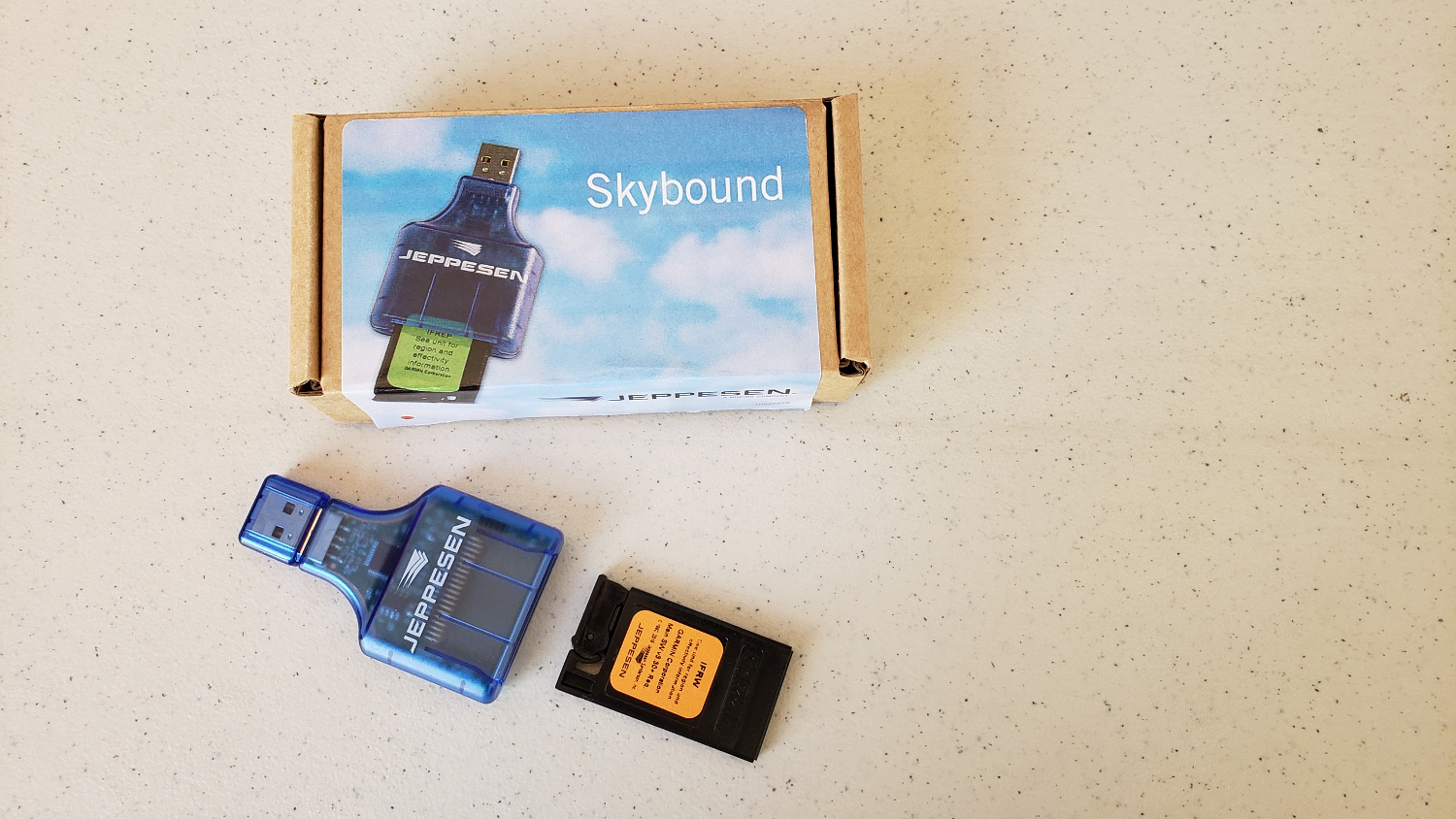
The new card that will hold the European navigational data from
Jeppesen. I called Garmin, they said they don't make the European data
for the 430 model any more. I don't understand how the Europens can
refresh their data then. Perhaps I got this message, because I was
calling from withing the US. Any case, Jeppesen has it all.
The Raspberry Pi ADS-B in mini computer I built for inflight weather and traffic information. I purchased everything here from www.amazon.com, as separate pieces. The Raspberry Pi 3B is a mini computer, powered by a USB outlet. In my case I purchased a power outlet that has 4 USB ports. I use that in the airplan's cigarette lighter outlet. This computer has no hard drive, instead it is running from a microSD card. So, if for example the card would fail on me, then I just plug in the new card, power it up and just keep flying on. Carrying a back up microSD card takes up no space and has no weight either. The software, though, is from http://stratux.me. I am not going to detail the creation of the microSD card, because the description is on the site, and can also be purchased completed.
This set up gives me inflight weather, radar and traffic information on my table and phone, in the USA. For example, in the US, I use FltPlan Go on my tablet (this program runs on Android and iPad too), and my Samsung phone runs Avare. In flight, I set my phone and tablet to airplane mode, then turn WiFi on and connect to the Raspberry Pi, which in the available WiFi list shows up as "stratux". Very simple.
On my Samsung phone I I run Avare, and the same way I connect my phone to the Raspberry Pi for weather. Avare needs another program to run for traffic, called "Avare External I/O" This too needs to connect to the Raspbery Pi. That's all it is. Very simple and cost effective method.
I purchased both 978UAT antenna - which carries weather in the US, and the 1090 antenna. In addition I also purchased the stratux "GPYes external GPS receiver" This setup works really well with a Velcro attachment to the case and the instrument panel next to the window.
I purchased a hand held aviation radio from www.amazon.com for about $370. It is a Yaesu FTA-750. This radio has a built in GPS. The point of this radio is that in case of emergency I can talk to overflying airlines, or rescue aircraft, and can give them my exact position. Also, this radio allows me to pick up my clearance on the ground and not run my batteries down while the engine is not running. In Europe a lot of places an engine start clearance is required, which means that the radio has to run before the engine does.
Like everyone else, I would like to have memories, so I would like to record some relevant ATC communications. I purchased two Dragon Touch Vision 3 action cameras from www.amazon.com for about $50 each. These are pretty good cameras, and by default they come with a water proof case. The pictures and videos are great. I would like to hook the headset into these cameras to record voice, but unfortunately nobody sells cables for this camera, only for GoPro cameras. Until I find out how to make my own, they will record only engine sound.
On the other hand, I could find a simple wiring diagram on an RV builders' internet discussion group. So, I went to the local cheap store where you can buy stuff, sometimes junk quality, and picked up a phone earphones with a mic. These cables were made so you can plug it into the phone and one can make calls and talk freeing up hands. I just needed enough cable of this with the "TRRS" jack, which is supposed to go into the phone. So that was the phone end of the cable. For the airplane headset side, I purchased a 1/4" male headset jack from www.aircraftspruce.com. Chopped up this cable, followed the instructions and with some minor soldering built my own phone ATC recording cable. This cable works very, very well for my Samsung phone. The audio splitter, for my headset I purchased from a guitar store for about $17 as 1/4" audio cable splitter.
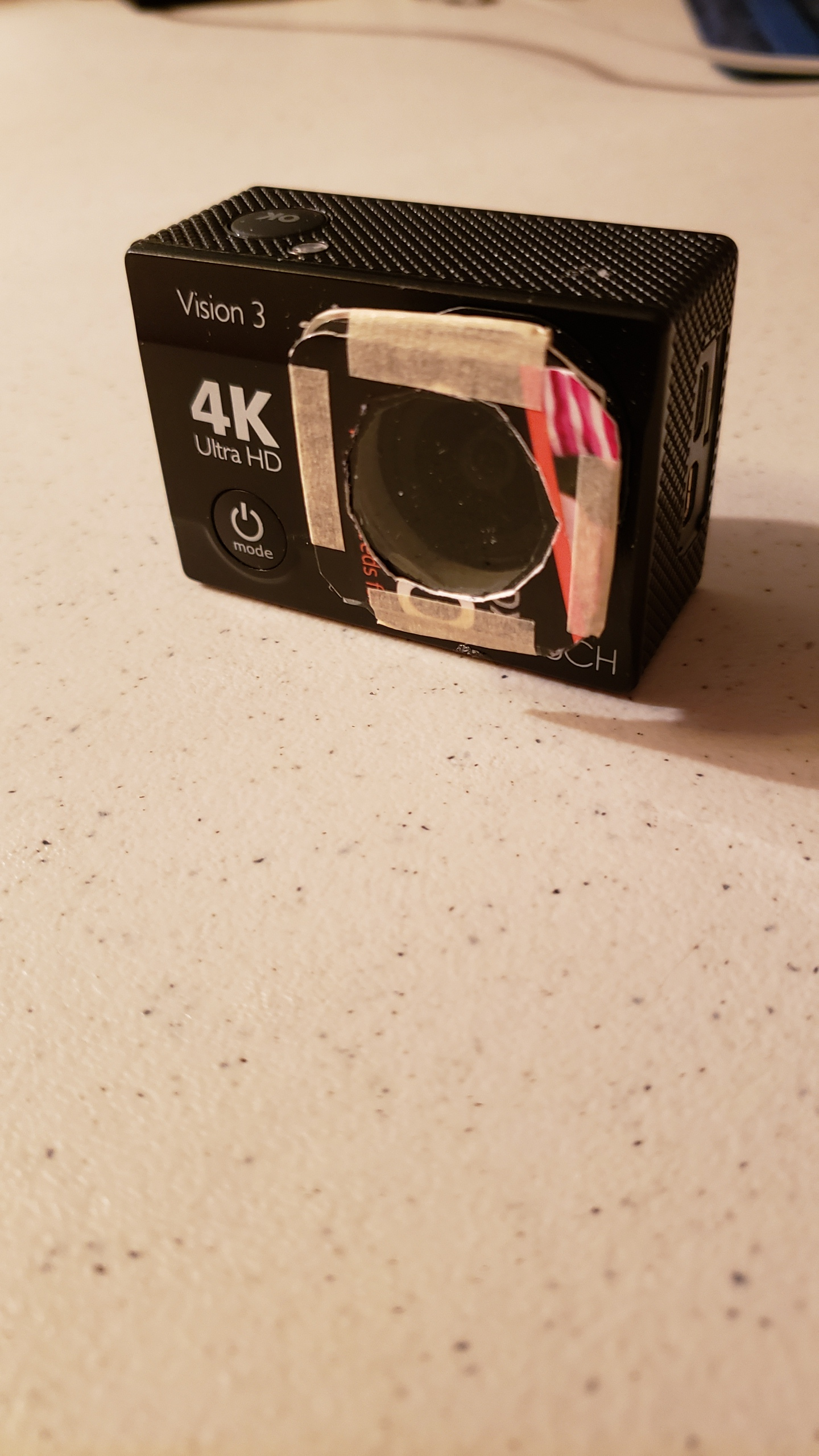
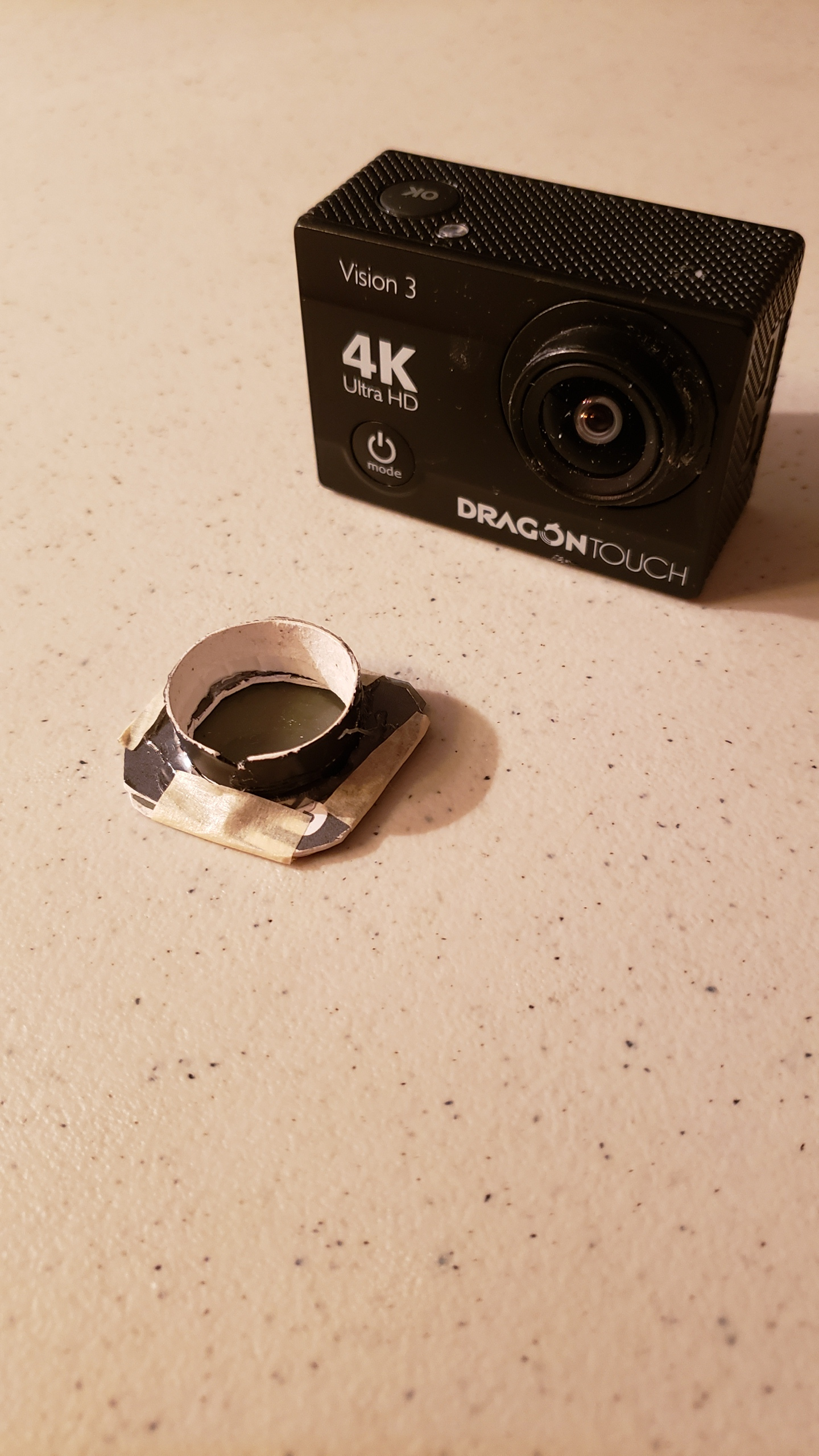
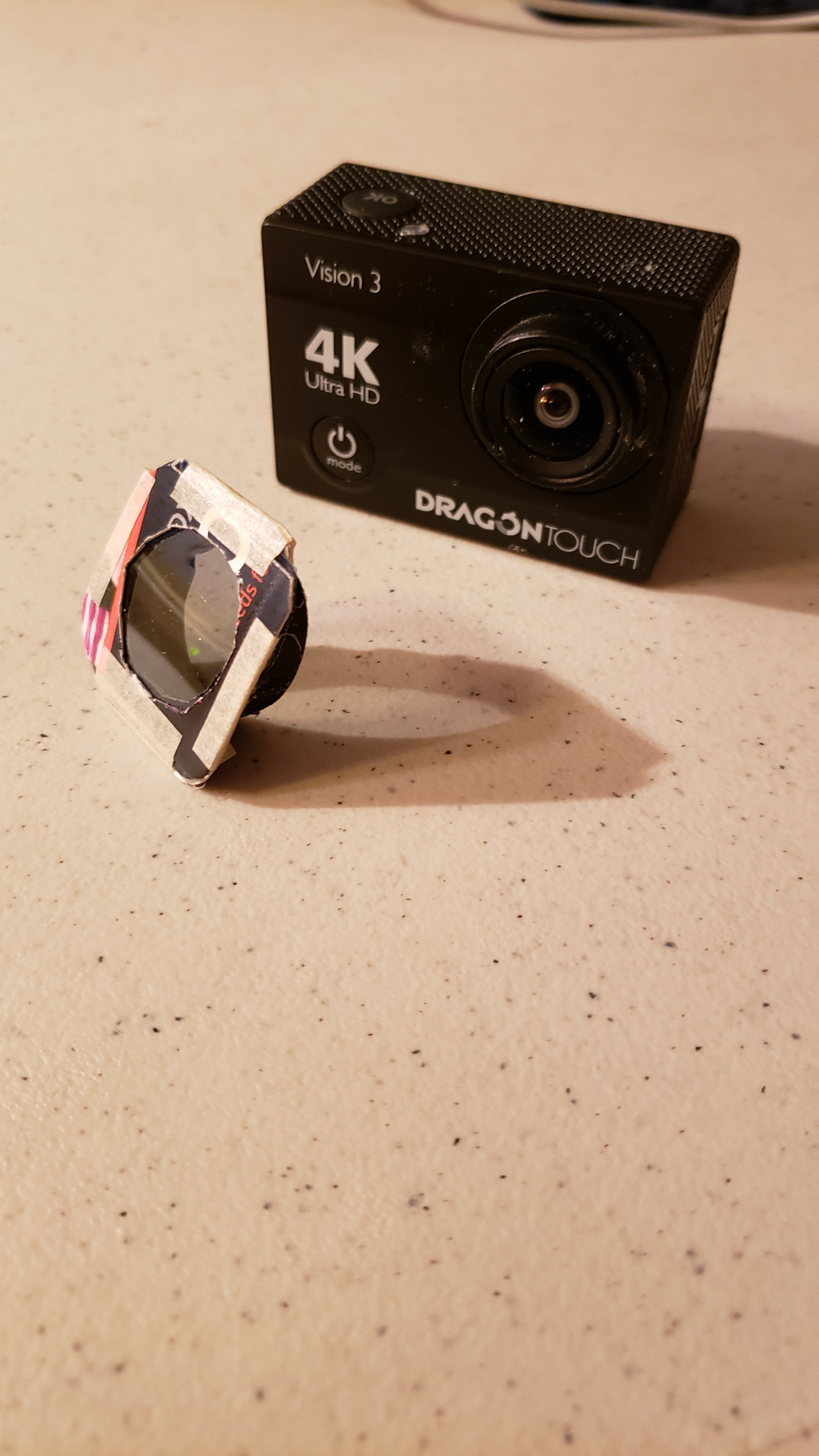
To get rid of the ugly black lines in videos and pictures when the propeller is running, a filter is needed. First, as of right now, nobody is making a filter for the Dragoin Touch Vision 3 camera. That really should not stop anyone enjoying good videos. From www.amazon.com I purchased a sheet of 0.3 neutral density lighting filter for about $8. I cut a small strip out of the hard paper casing in which the SD card for the camera was shipped, and then I made a nice circle around the camera. Then I made two square-ish pieces with the center hole for the camera cut out, and sandwiched a small piece of neutral density filter in betwen, then glued the filter together with hot glue gun and masking tape. I took a picture as it is to show how I made this filter, but eventually I am going to paint it some dark color - like black - if I find such a nail polish color.
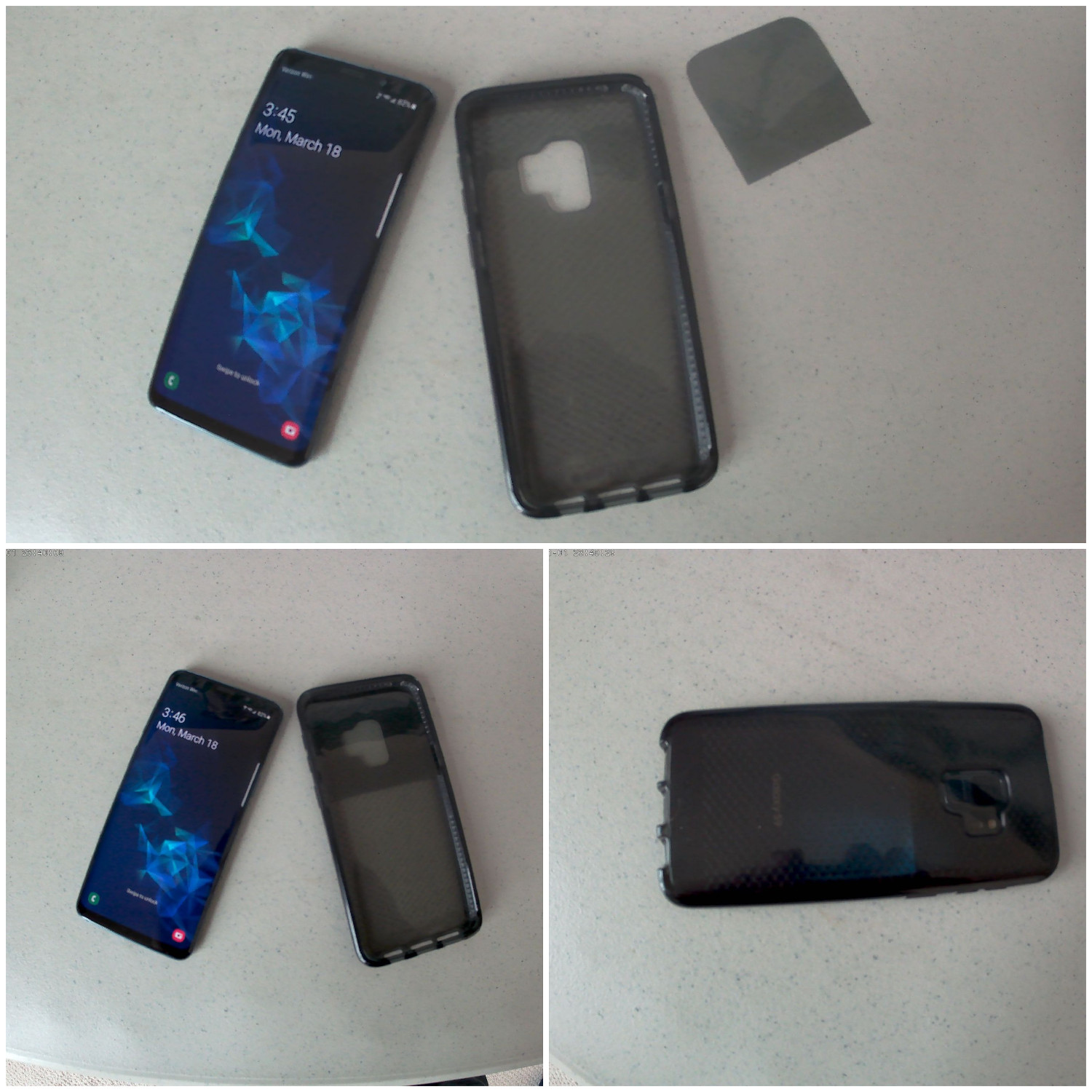
While we are on the filter subject. Currently all my videos are shot
with my phone. Again, to get rid of the multiple black propeller lines, I
use the 0.3 neutral density filter simply cut to size of my phone
protecting case (tech21) and sandwiched between the phone and the case.
Works great!
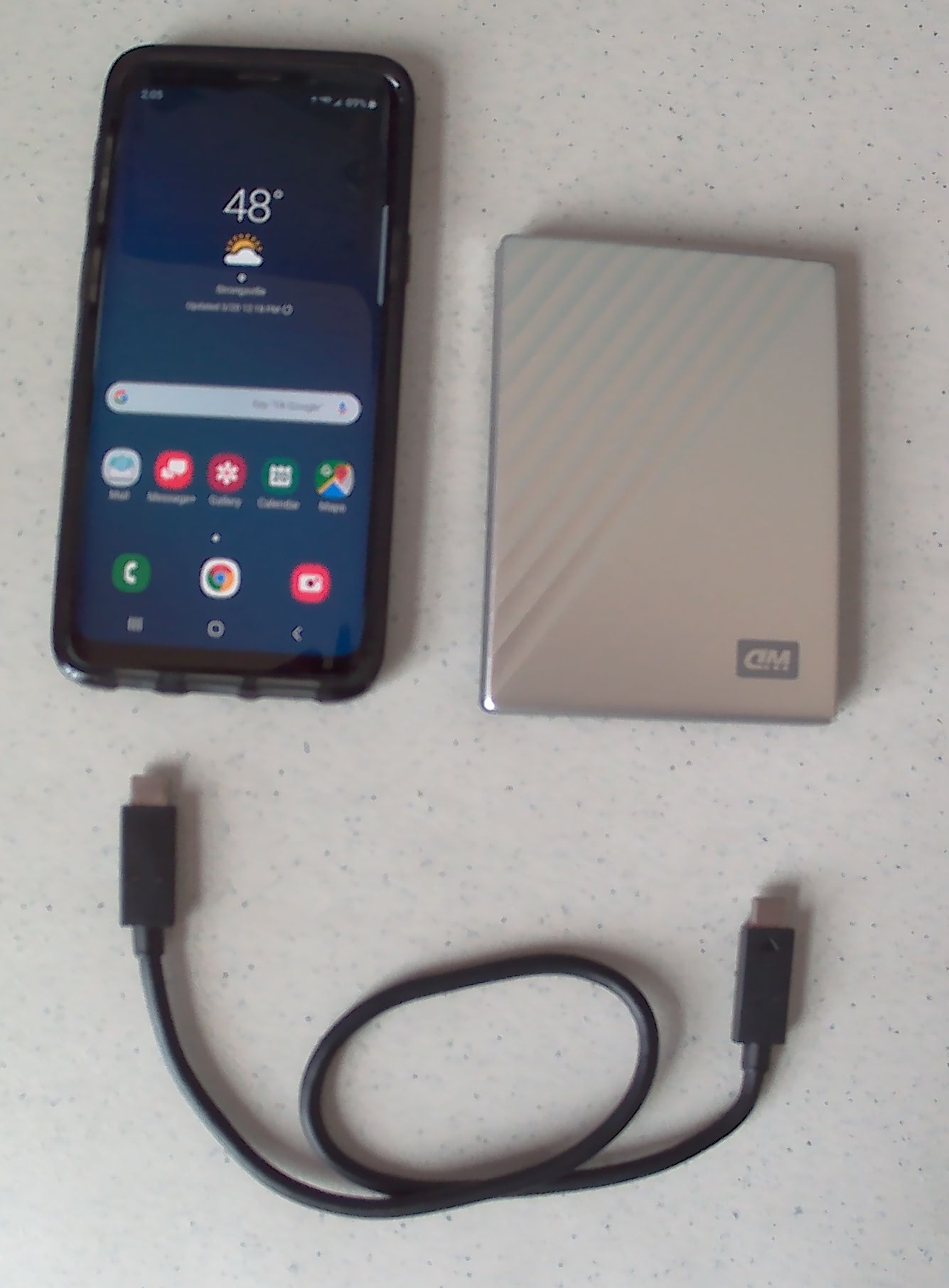
For my Samsubg Galaxy S9 phone I purchased a 2TB external drive: "My
Passport Ultra". Eventually, I need to store pictures and images off the
phone. The drive is powered by the phone, so I will most likely tranfer
videos and pictures, right before I put the phone on a charger for the
night. The phone itself has a 256GB SD card.
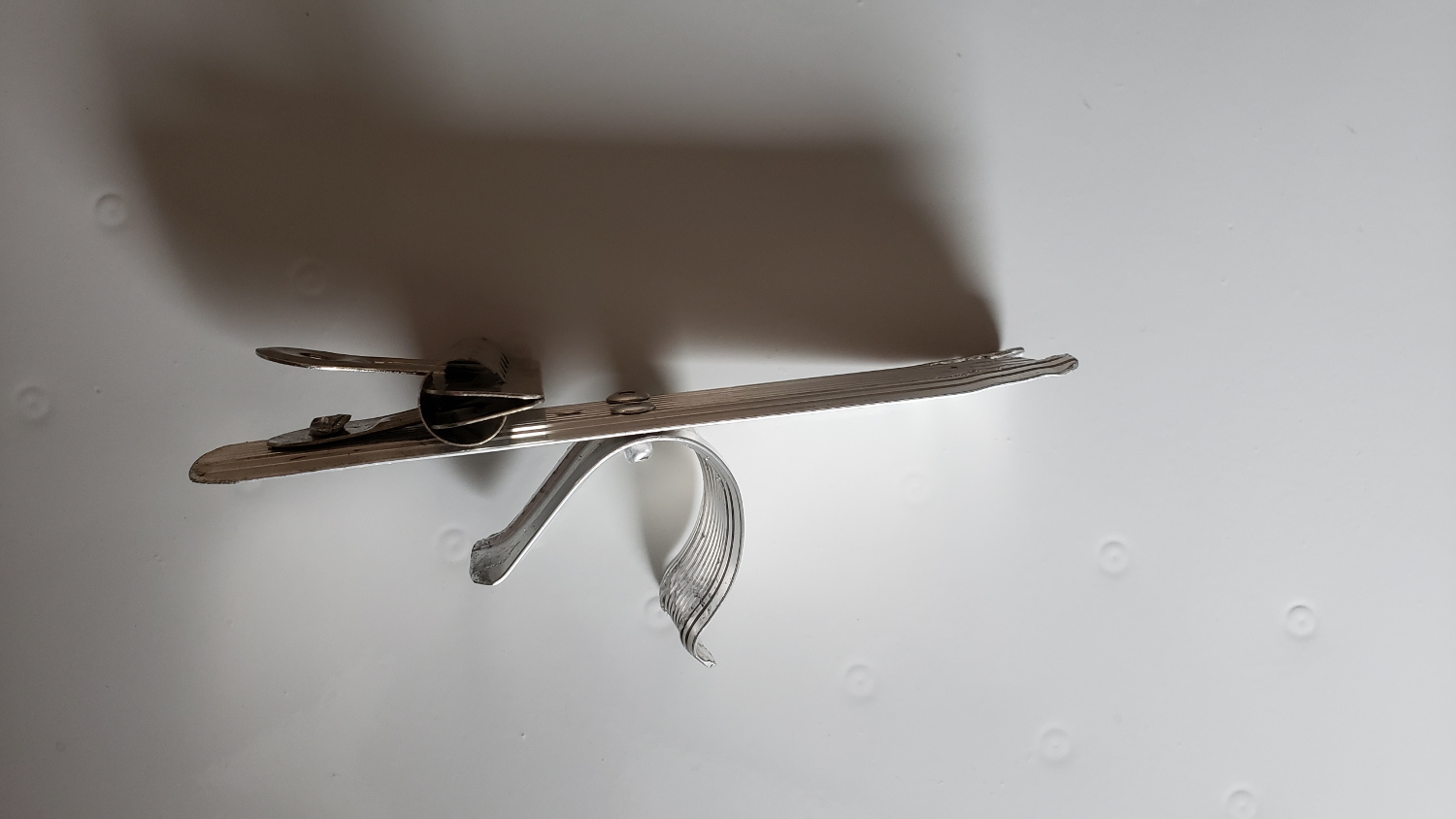
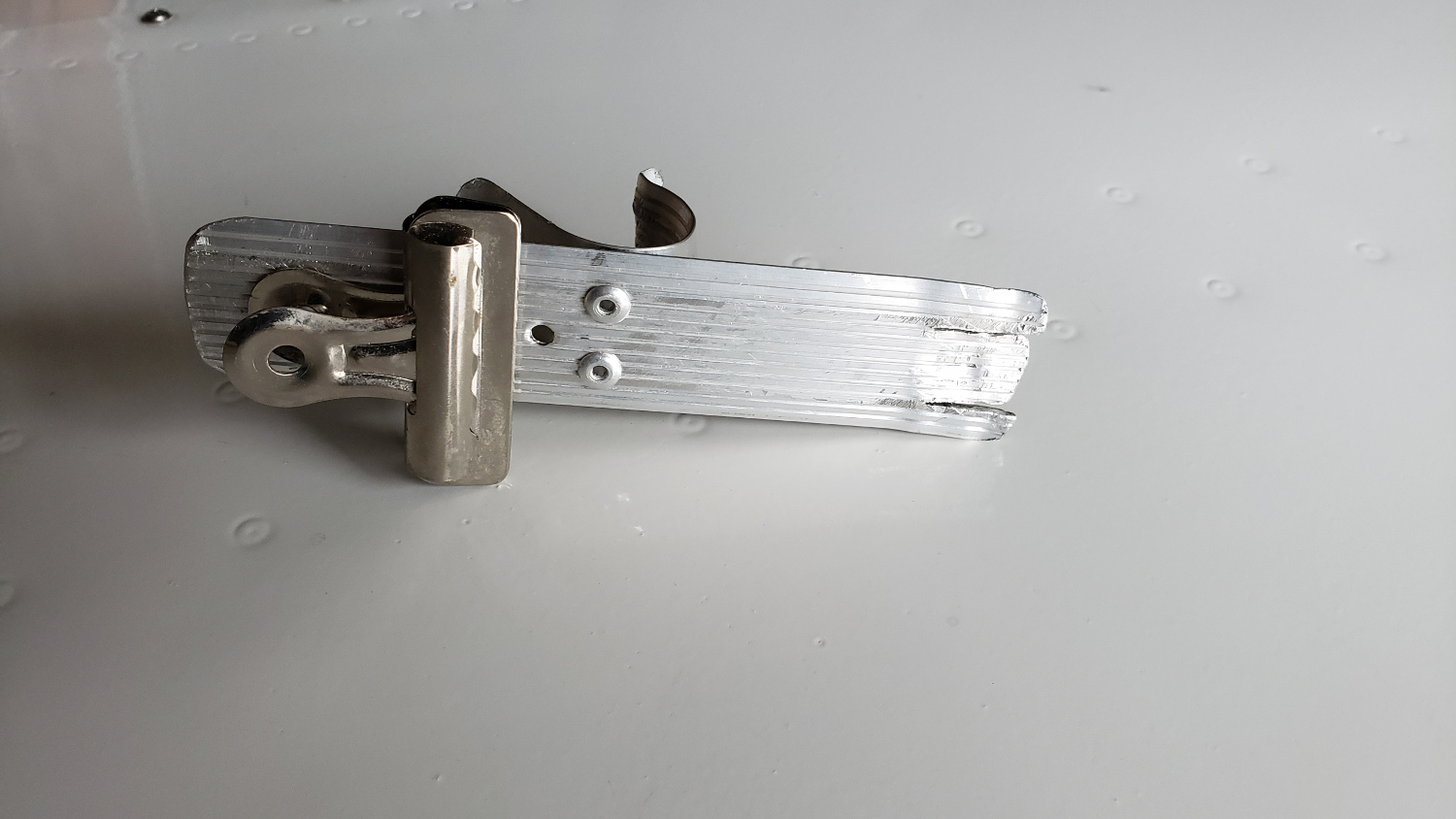
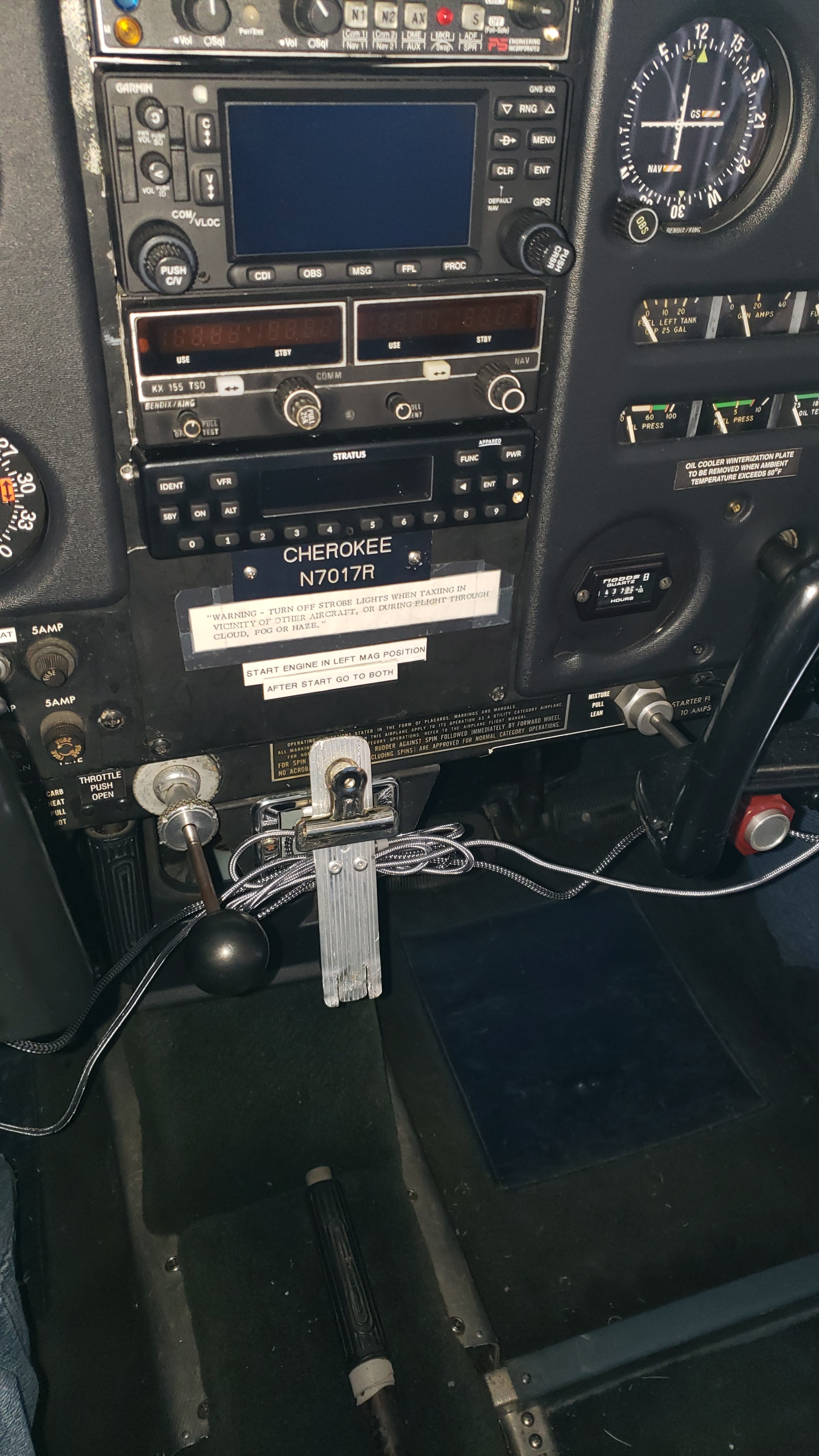
Before navigaional GPS become widespread in general aviation, there were
paper charts and bound or loose-leaf approach plates. Where today we
have a tablet we had yoke mount approach plates holders. Though I have a
tablet too, I still have an approach plate holder where the ashtray
used to be. I have Garmin Pilot with Garmin European data, yet they
don't have either Iceland or Greenland approach plates, SIDs, or STARs.
So, for these two places, I have to print the plates out and have them
handy. This approach plate holder I made out of aluminum carpet edge
holder - whatever divides two rooms where there is carpet and none in
the other room. Such a plate protects the carpet edge from frailing
under the traffic between the two rooms. So a few holes drilled into the
piece I bent, then a few rivets with an office supply paper clip and
have a really good plate holder.
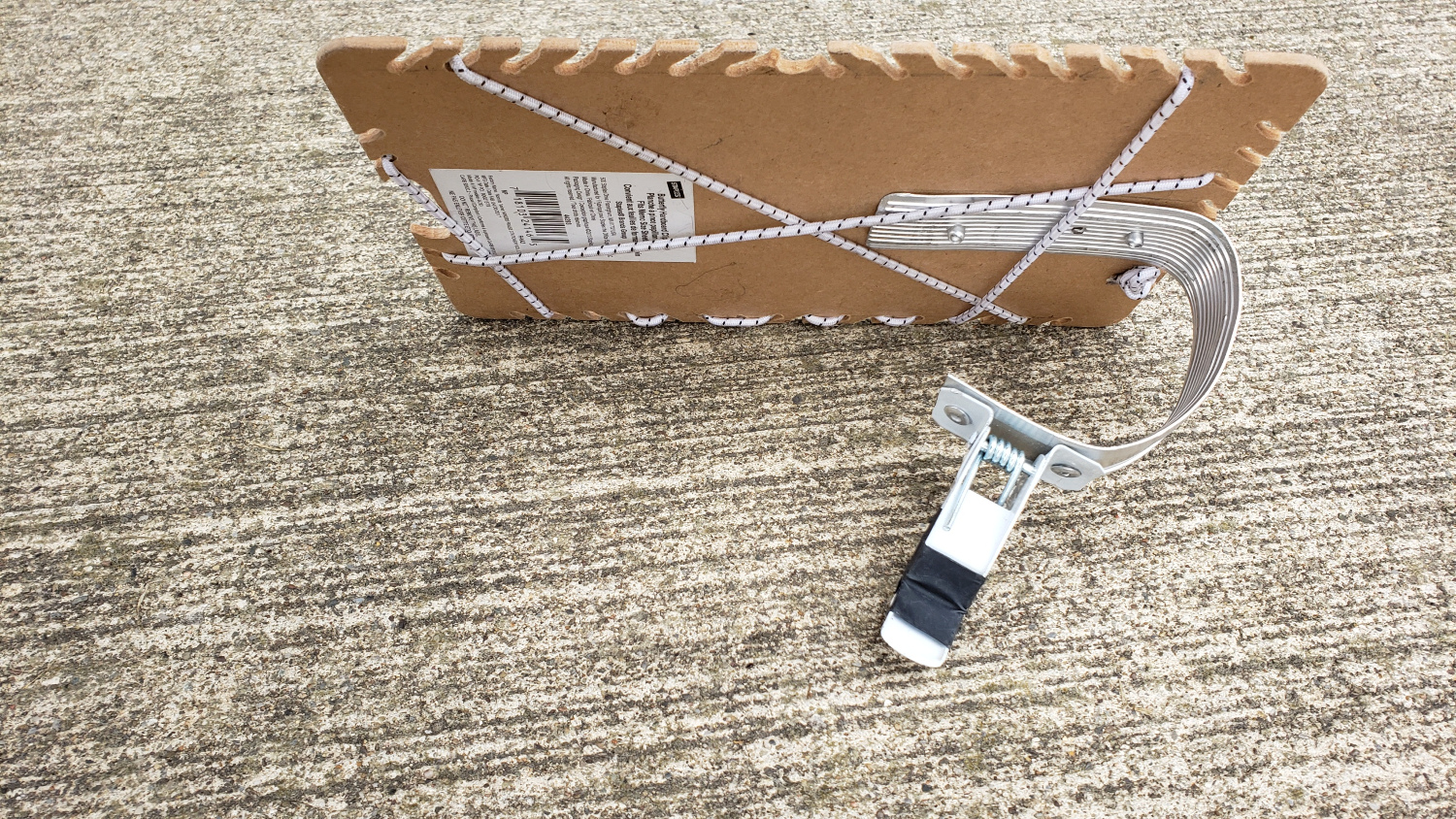
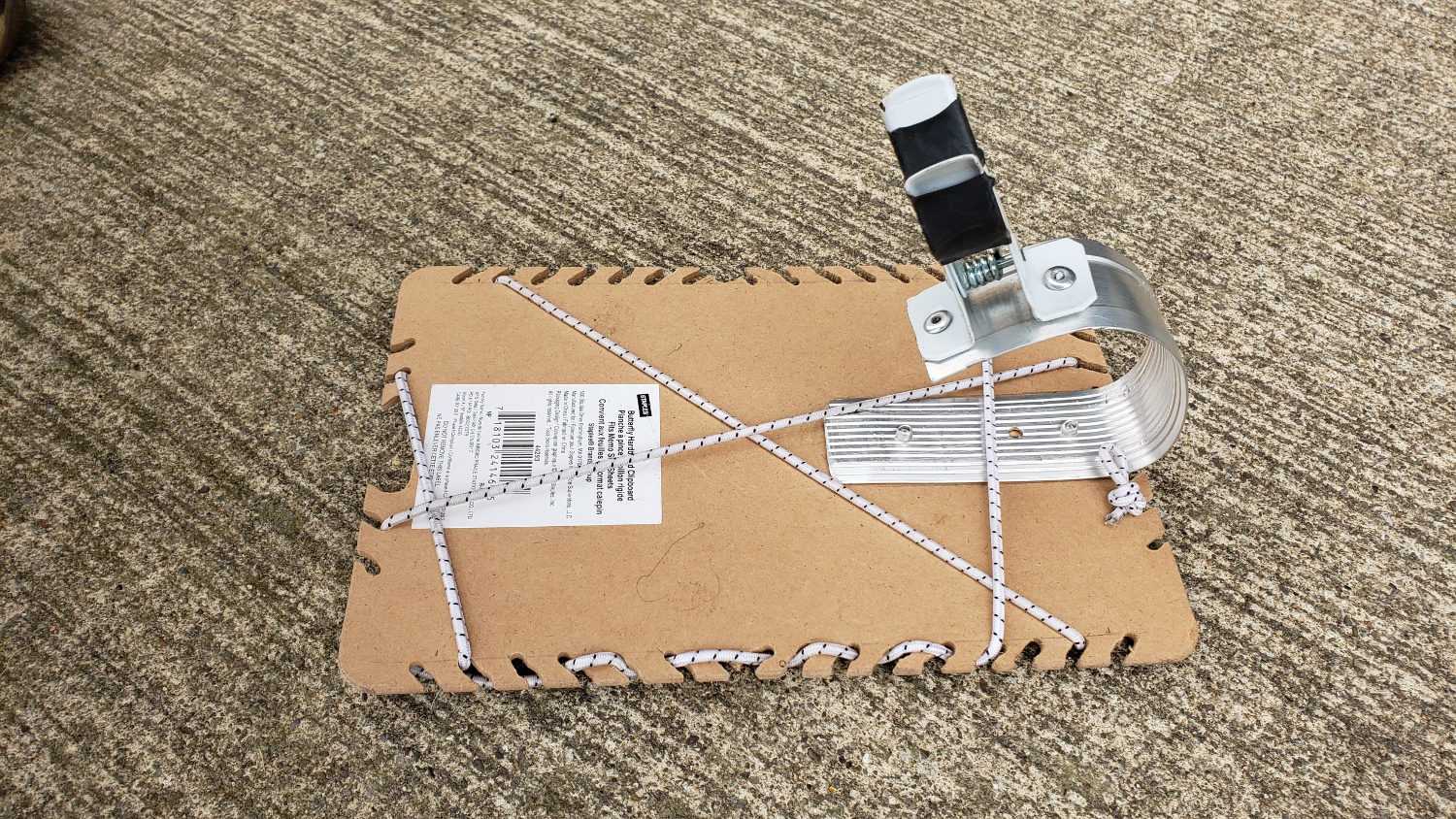
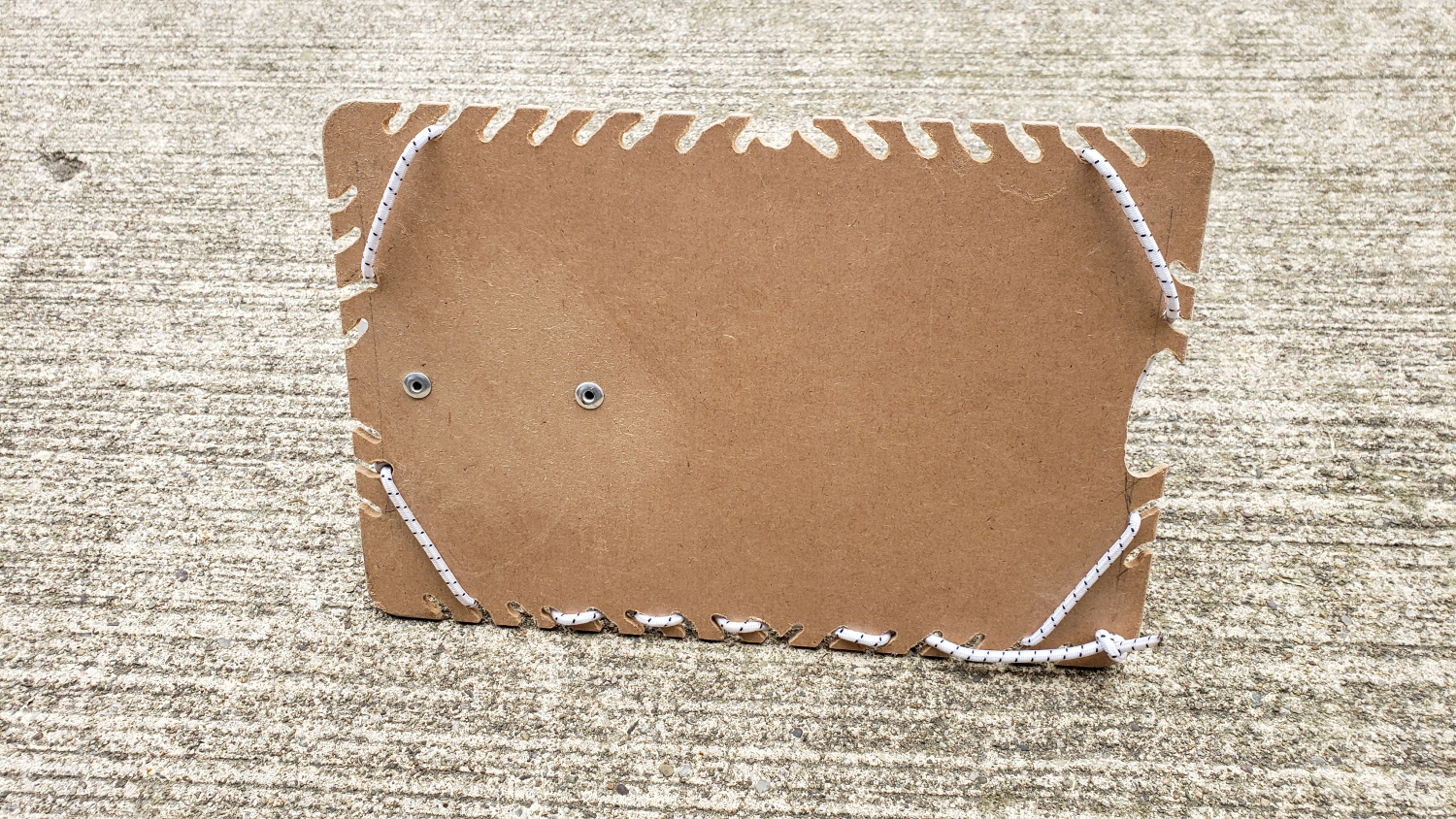
This is a yoke mount I built out of a clip board, an aluminum carpet
edge holder and a garden utility tool rack clip. I cut notches on the
side of the clip board so I can resize the shock cords to any size I
need. The shock cords I bought from a marine supply store - used mainly
for kayaks to hold stuff down to the deck. Works quite well. The money I
saved on building my own yoke mount is at least the price of one tank
of fuel. Perhaps that will be the fuel when flying over Greenland.
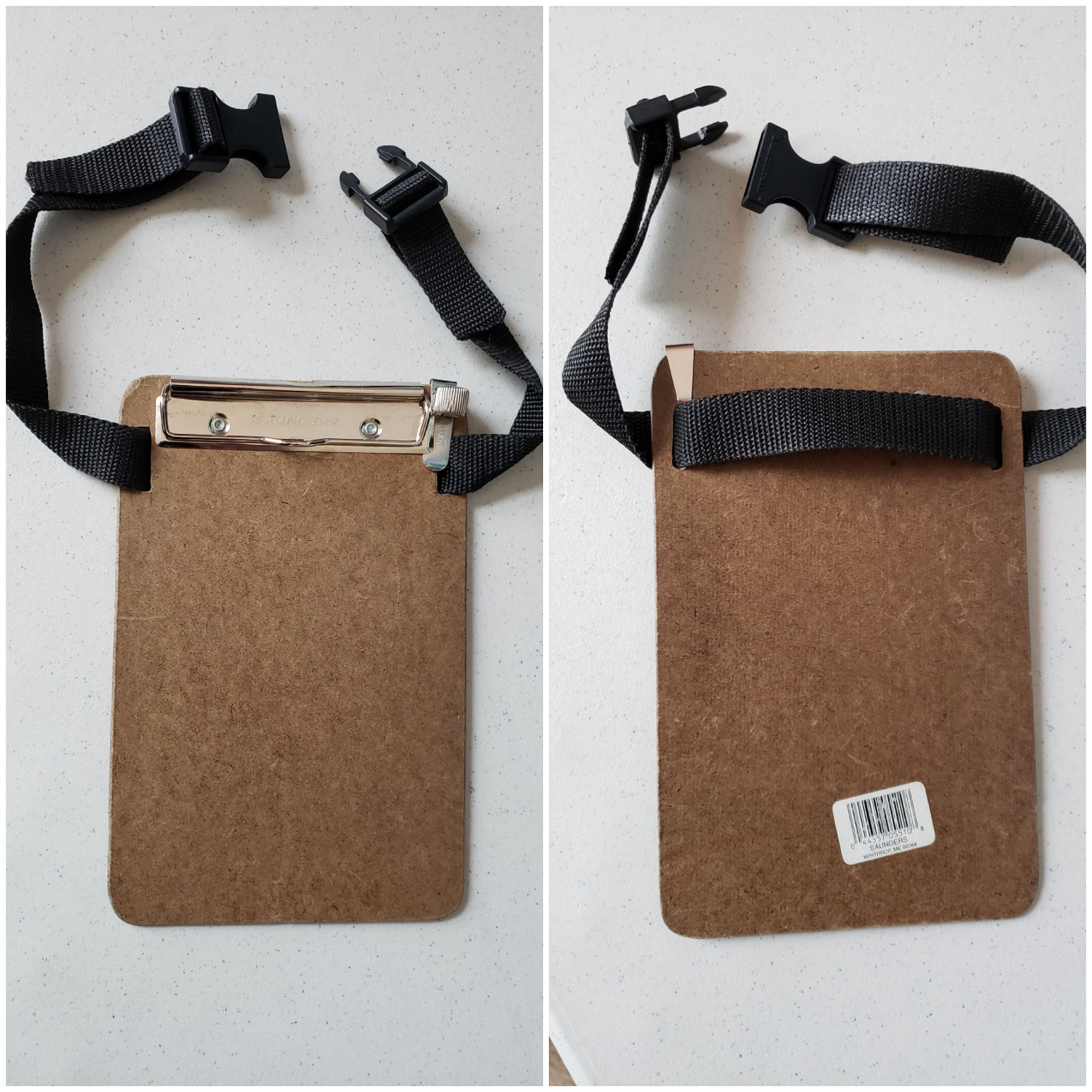
This kneeboard I built while I was a student pilot, about 19-20 years
ago, and have been using it ever since. This is a simple clipboard, two
small holes cut on the side wide enough for the two straps that I
purchased from a local fabric store along with the clips/buckles. The
pen holder I got it from another pilot, although www.amazon.com sells
them too.
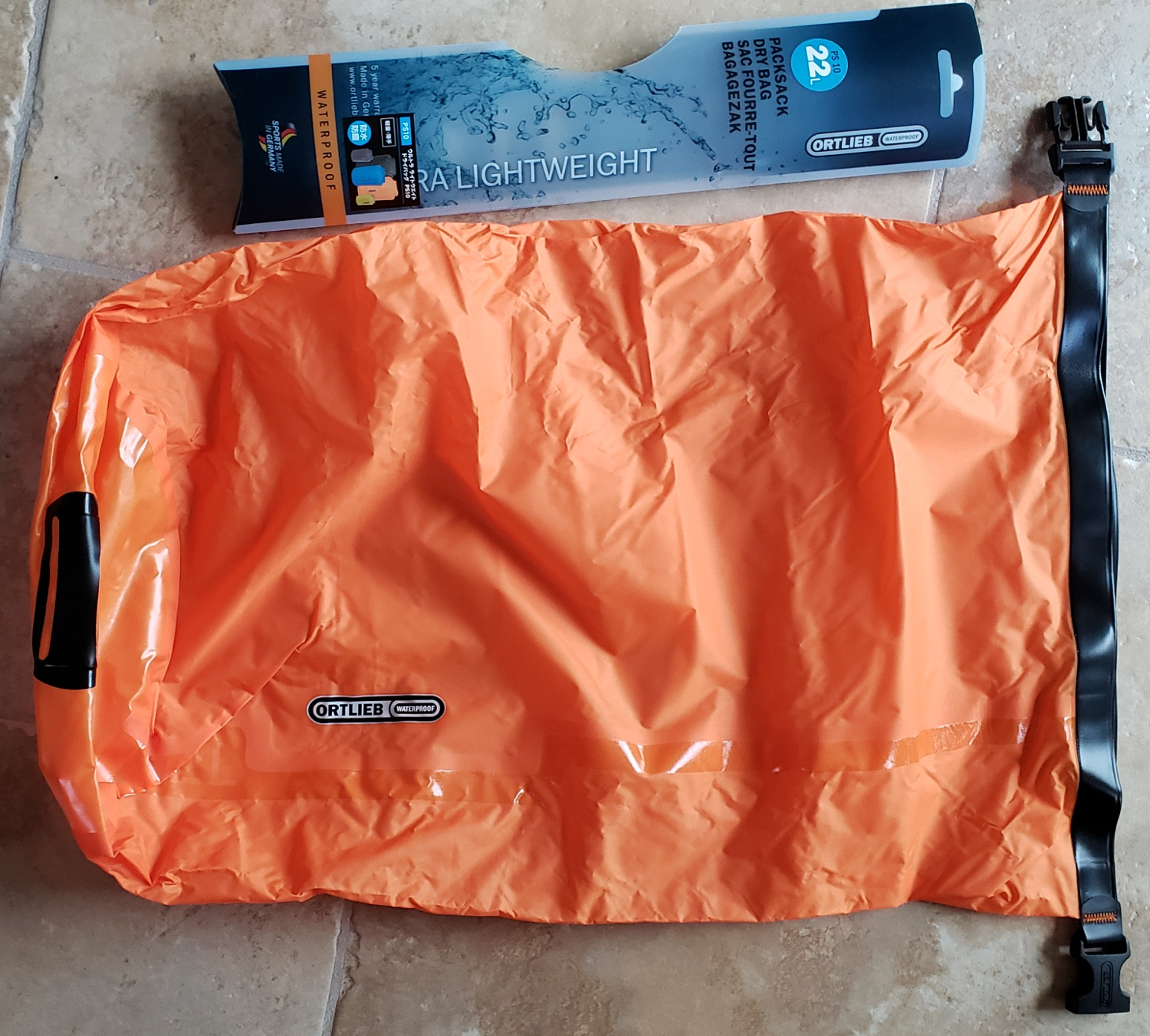

Ortlieb sells dry bags. I purchased this from www.amazon.com to hold
my documents, phone, tablet, passport, and hand held radio in case of
emergency.
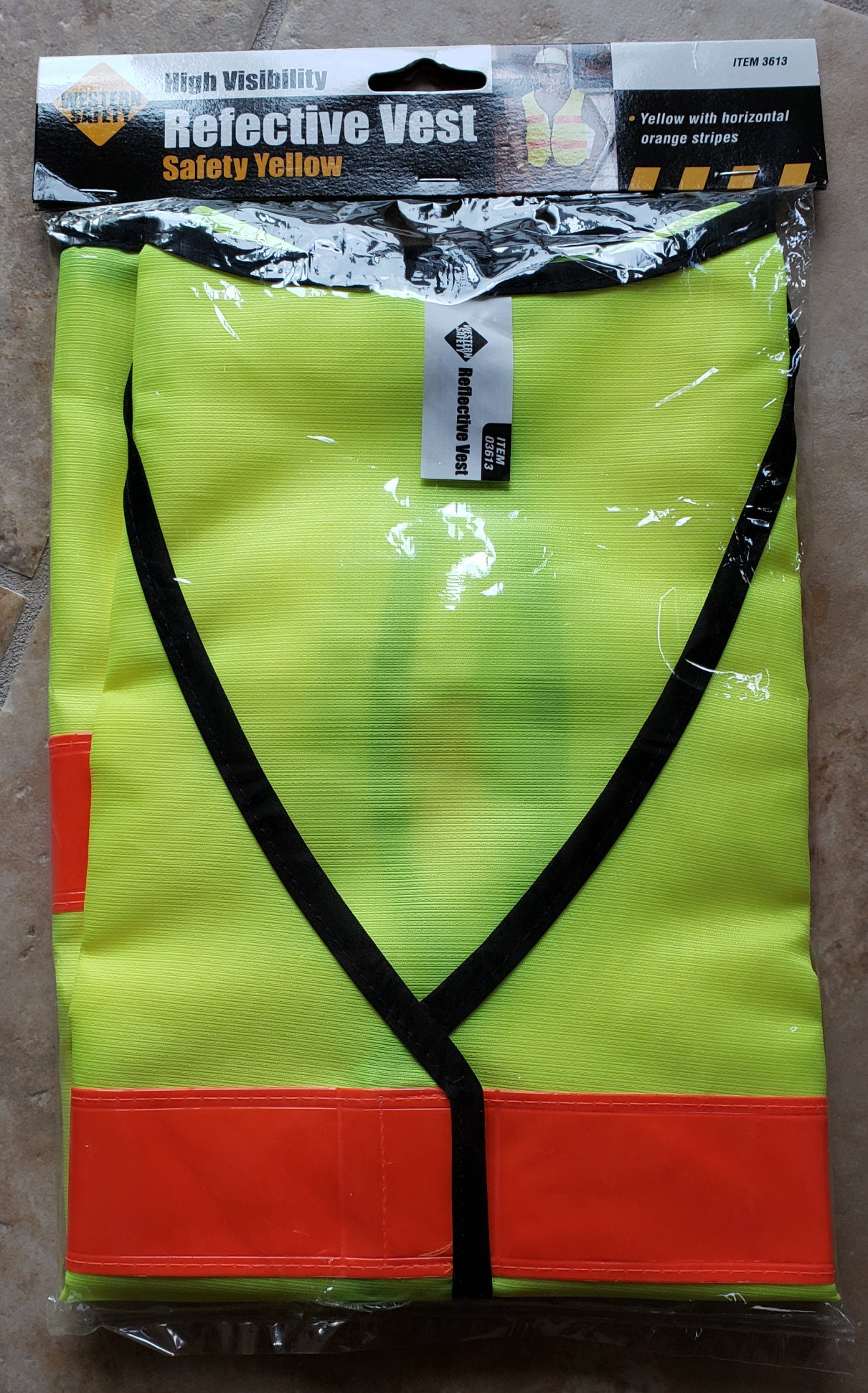
All personnel on European airport ramps have to ware some protective
colorful vest. I purchased this from a local discount store (Harbor
Freight) for a few bucks.
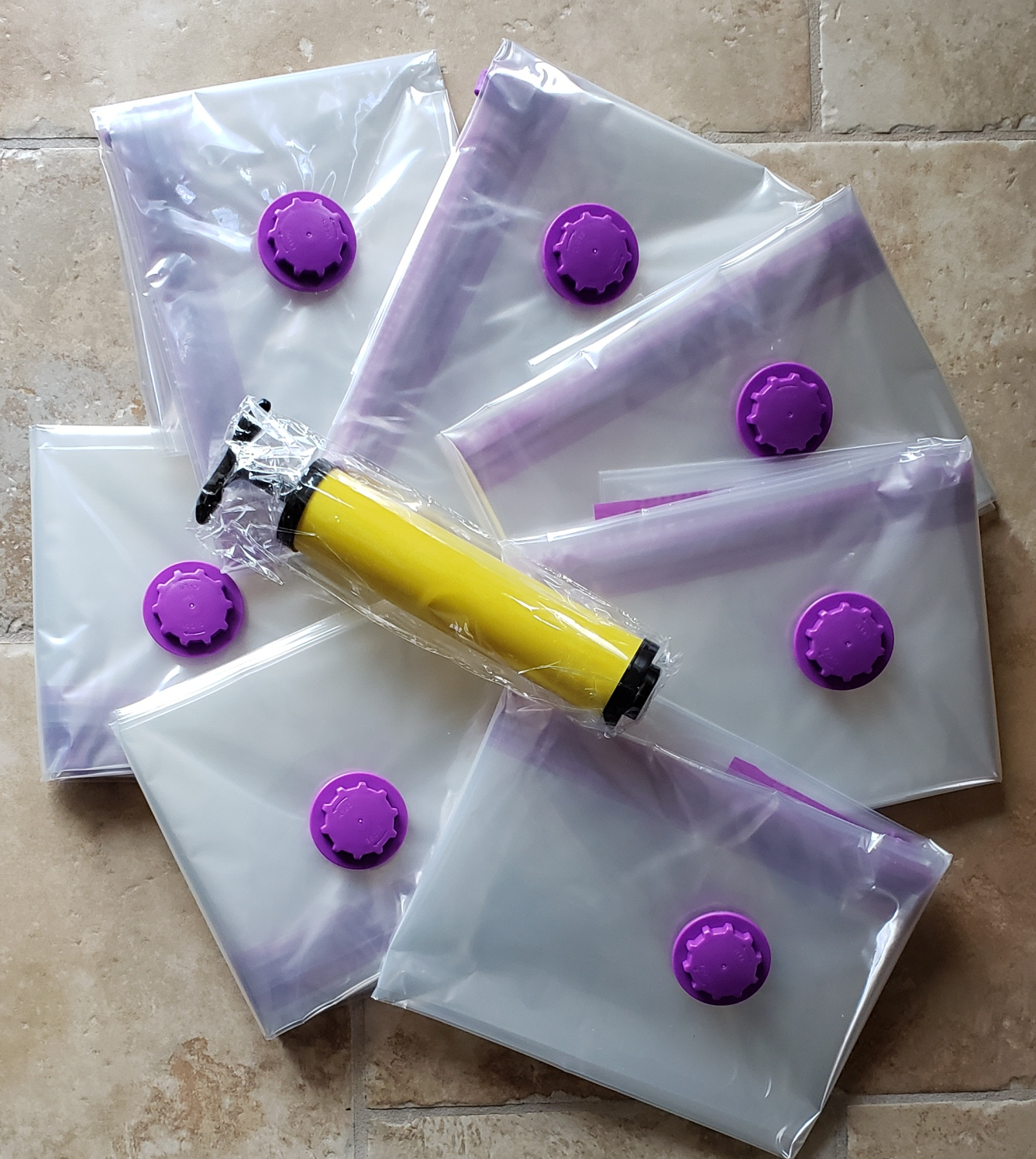
Though I am flying in July, I still have to fly north of the arctic
circle. So, extra clothing, and jacket is a must. To carry all that and
to minimize space taken up, I purchased these vacuum bags from
www.amazon.com with its own pump. Probably I will carry two bags for
clothing. One for the north and one for everywhere else.
| Contact |
|